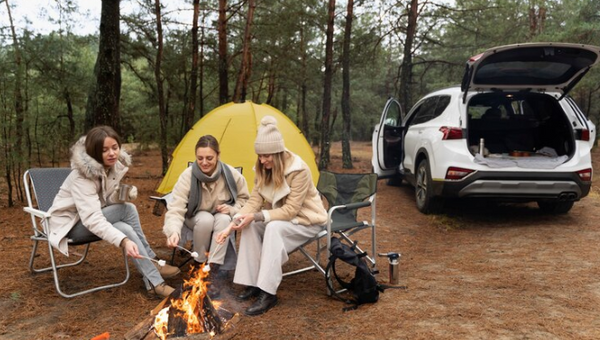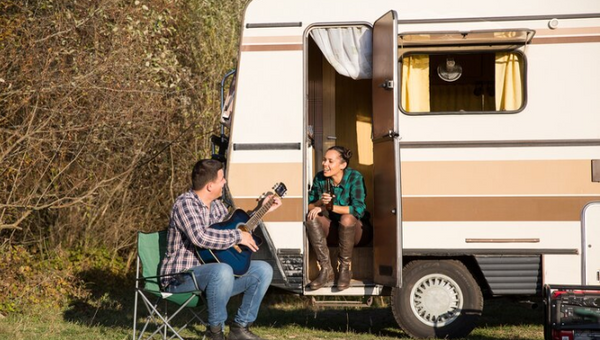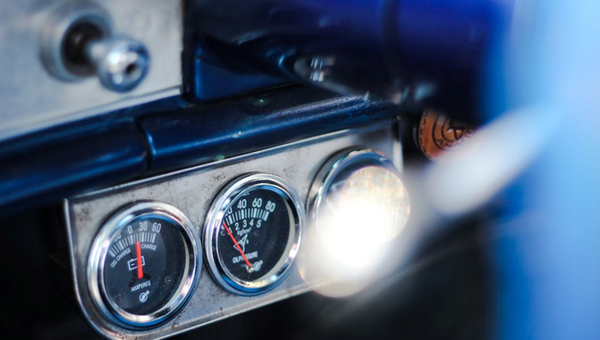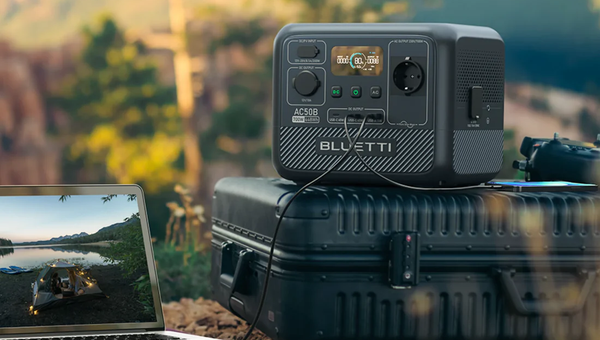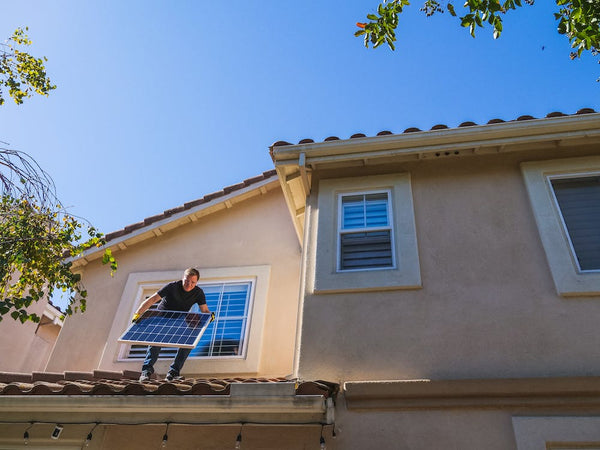
In today's rapidly evolving world, the demand for clean and sustainable energy sources is higher than ever. Solar power, in particular, has emerged as a frontrunner in the race to combat climate change and reduce our dependence on traditional fossil fuels. Stand alone solar panels, also known as off-grid solar systems, have gained popularity to achieve energy independence and reduce one's carbon footprint.
In this comprehensive guide, we will delve into the world of stand-alone solar panels, exploring what they are, what is needed to set up such a system, their cost, and even address the question of planning permission for stand alone solar panels.
What are Stand Alone Solar Panels?
Stand-alone solar panels, also called off-grid solar systems, are a form of renewable energy technology designed to provide electricity to locations not connected to the traditional electric grid. These systems utilize photovoltaic (PV) panels to convert sunlight into electrical energy. Unlike grid-tied solar systems that rely on a connection to the utility grid, stand-alone solar panels are self-sufficient and independent, making them an excellent choice for remote areas, cabins, recreational vehicles (RVs), and emergency backup power.
Critical components of a stand-alone solar panel system include:
- Stand alone solar panels are the heart of the system, responsible for capturing sunlight and converting it into electricity. Solar panels come in various types, with monocrystalline and polycrystalline being the most common.
- Charge Controller: A charge controller regulates the flow of electricity from the solar panels to the battery bank. It prevents overcharging and extends the lifespan of the battery.
- Battery Bank: The battery bank stores excess energy generated during the day for use during the night or on cloudy days. Batteries are available in various chemistries, with lithium-ion and lithium-iron phosphate (LiFePO?) being popular choices due to their high energy density and longer lifespan.
- Inverter: An inverter converts the DC (direct current) electricity stored in the batteries into AC (alternating current) electricity, which is compatible with household appliances and devices.
- Wiring and Mounting Hardware: Proper wiring and mounting equipment are essential to ensure the efficiency and safety of the system.
- Load: The load represents the electrical devices and appliances powered by the solar system. The size and type of load will determine the overall system size and capacity.
What is Needed for a Stand Alone Solar System?
Setting up a stand-alone solar panel system requires careful planning and consideration of several factors:
- Location: Choose a location with unobstructed access to sunlight for most of the day. The efficiency of your solar panels depends on their exposure to sunlight.
- Energy Needs: Calculate your energy consumption to determine the size of the system needed. Consider the appliances and devices you want to power and their energy consumption.
- Solar Panel Selection: Select the appropriate type and number of solar panels based on your energy needs and available space.
- Battery Capacity: Determine the capacity of the battery bank to store surplus energy for nighttime and cloudy days. LiFePO? batteries are an excellent choice for their durability and high cycle life.
- Inverter Sizing: Choose an inverter with a capacity that matches or exceeds your peak load requirements. Ensure it's compatible with your battery bank and can handle AC and DC loads.
- Wiring and Safety: Ensure proper wiring and safety measures are in place to prevent electrical hazards. It's advisable to consult with a professional electrician or solar installer.
- Maintenance: Regular maintenance is essential to keep the system running efficiently. It includes cleaning the stand alone solar panels, checking battery health, and inspecting electrical connections.
Can I Have A Stand Alone Solar System?
Yes, stand-alone solar panels, also known as off-grid solar systems, provide an independent source of electricity that does not rely on the traditional power grid. These systems harness solar energy to generate electricity, making them a sustainable and self-sufficient energy solution.
BLUETTI AC500+B300S Home Battery Backup System: A Game-Changer in Off-Grid Power
BLUETTI is a leading brand in solar power solutions and energy storage. Their innovative products have garnered acclaim for their reliability, efficiency, and advanced features. One of their standout offerings is the BLUETTI AC500+B300S Home Battery Backup System, which is designed to meet the energy needs of both residential and commercial users. Here are some key features of this impressive system:
- 5,000W Rated Power (10,000W Surge): The BLUETTI AC500+B300S delivers a substantial rated power output of 5,000 watts, with a surge capacity of 10,000 watts, making it suitable for powering a wide range of appliances and equipment.
- 3,072Wh~18,432Wh Expandable Capacity: The system's modular design allows you to expand its battery capacity according to your requirements. You can start with a 3,072Wh capacity and scale up to 18,432Wh, ensuring a flexible and adaptable energy storage solution.
- LiFePO? Battery With 3,500+ Life Cycles to 80%: Lithium iron phosphate (LiFePO?) batteries ensure long-lasting performance, with over 3,500 charge-discharge cycles to 80% depth of discharge. It translates to a reliable and durable energy storage solution.
- Smart App Control (WiFi & Bluetooth Connection): BLUETTI's smart app allows you to monitor and control your energy system remotely through WiFi and Bluetooth connectivity. This level of control enhances the user experience and enables efficient energy management.
- 6 Ways to Recharge (AC/Solar/Car/Generator/Lead-acid battery/Dual AC/ AC+ Solar): BLUETTI AC500+B300S provides multiple recharging options, including solar, AC power, car charging, generator input, and more. This versatility ensures the system can be charged in various scenarios and environments.
- 16 Versatile Outlets for 99% Devices: With 16 versatile outlets, the BLUETTI system can power nearly any device or appliance you need. It includes standard AC, USB, and DC outlets for various applications.
- Tie to Home Grid for 24/7 UPS: This unique feature allows the BLUETTI system to be integrated with your home grid, providing uninterrupted power during grid outages and a reliable backup.
- 4-Year Worry-Free Warranty: BLUETTI stands behind the quality and reliability of its products, offering a four-year warranty to provide peace of mind to customers.
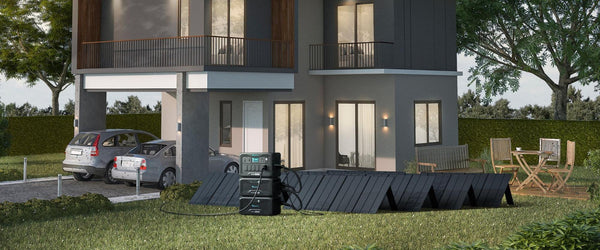
How Much is A Stand Alone Solar System?
The cost of a stand-alone solar system can vary widely depending on several factors:
- System Size: The size of the system, measured in watts or kilowatts, is a significant determinant of cost. Larger systems with more stand alone solar panels and higher-capacity batteries will cost more.
- Quality of Components: The quality of the solar panels stand alone systems, batteries, charge controllers, and inverters used in the system can impact the overall cost. High-quality components often have a higher price tag but can provide better performance and longevity.
- Installation Costs: The cost of installation, including labour and materials, will vary based on the project's complexity and the installation's location.
- Backup Generator: If the system includes a backup generator, this will add to the cost. The type and capacity of the generator will influence the price.
- Permitting and Regulatory Costs: Obtaining permits and complying with local regulations may require additional expenses.
- Maintenance Costs: While stand-alone solar systems typically have lower maintenance costs than grid-tied systems, there may still be ongoing maintenance and replacement costs for components like batteries.
- Incentives and Rebates: In some regions, government incentives and rebates are available to offset the cost of installing a solar system, making it more affordable.
It's essential to obtain quotes from reputable solar installation companies to get an accurate estimate of the cost of a stand-alone solar system tailored to your specific needs and location.
Do I Need Planning Permission for Free-Standing Solar Panels?
The regulations regarding planning permission for free-standing solar panels vary by region and jurisdiction. Small stand-alone solar installations may not require planning permission in some areas, while more extensive or complex systems might. Here are some general considerations:
- Permitted Development Rights: Many regions grant permitted development rights for small-scale solar installations on residential properties. These rights allow homeowners to install stand alone solar panels for home without planning permission, provided specific conditions are met. These conditions often relate to the panels' size, location, and visibility.
- Listed Buildings and Conservation Areas: If your property is a listed building or is located in a conservation area, you may be subject to more stringent regulations regarding solar panels stand alone systems installation. Planning authorities often prioritize preserving the visual integrity of such areas.
- Local Zoning and Land Use Regulations: Local zoning regulations and land use plans can impact whether planning permission is required. Be sure to check with your local planning authority or council for guidance.
- Environmental Impact: Some jurisdictions may assess the environmental impact of solar installations, particularly in areas with sensitive ecosystems. Environmental assessments may influence the permitting process.
- Historical and Cultural Significance: If your property is of historical or cultural significance, authorities may evaluate the impact of solar panels on its visual appearance and heritage value.
- Consulting with Experts: It's advisable to consult with a solar installation professional and engage with your local planning authority to determine whether planning permission is necessary for your specific project.
Conclusion
Stand alone solar panels for home, also known as off-grid solar systems, offer a sustainable and independent source of electricity. These systems are versatile and can be installed in various settings, making them accessible to various individuals and organizations. Stand-alone solar systems comprise several vital components, including solar panels, charge controllers, battery banks, inverters, and monitoring systems.
BLUETTI, a leading player in the field of portable power stations, offers innovative solutions that complement stand-alone solar power systems. Their AC500+B300S Home Battery Backup System boasts impressive features such as high power output, expandable battery capacity, intelligent app control, and long-lasting LiFePO? batteries. It makes it a top choice for those seeking reliable off-grid power solutions.
